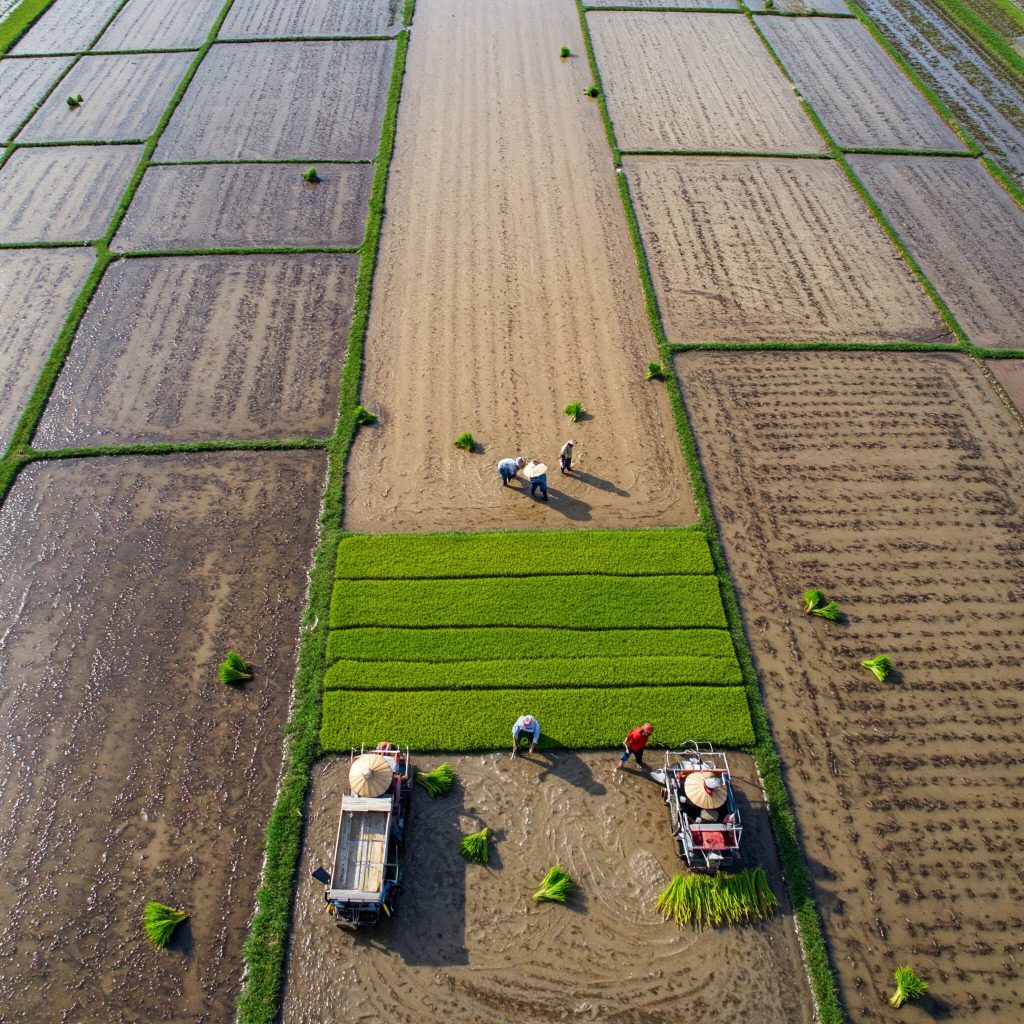Rice, a staple food for billions, particularly in Asia, faces a growing threat from the dual impact of climate change and arsenic contamination. Recent research highlights a troubling connection: rising temperatures and increased carbon dioxide levels are exacerbating arsenic accumulation in rice, potentially leading to a significant public health crisis.

The Climate-Arsenic Connection
Studies indicate that as global temperatures rise above 2°C and atmospheric carbon dioxide concentrations increase, the amount of inorganic arsenic in rice grains could surge. This is due to climate-induced changes in soil chemistry, which enhance the mobilization of arsenic compounds, making them more easily absorbed by rice plants.
The Health Risks
Inorganic arsenic is a known toxin linked to severe chronic illnesses, including various cancers (lung, bladder, and skin), cardiovascular diseases, and metabolic disorders. Many populations in southern China, Southeast Asia, and South Asia already consume rice with considerable arsenic levels, contributing to their existing disease burden. The projected climate-driven increases threaten to worsen this situation.
Projected Impacts
Models predict a sharp rise in lifetime cancer cases by 2050 due to increased arsenic exposure from rice. China alone could see an estimated 13.4 million new cancers attributable to arsenic in rice under projected climate scenarios.
Mitigation Strategies
Researchers suggest several strategies to reduce arsenic exposure in rice:
- Plant Breeding: Developing rice varieties with lower arsenic uptake efficiency.
- Improved Soil Management: Implementing techniques like intermittent flooding instead of continuous inundation to alter soil geochemistry and reduce arsenic bioavailability.
- Public Health Initiatives: Focusing on consumer education and exposure monitoring.
Beyond Arsenic: A Complex Web
It’s important to note that arsenic contamination in rice paddies can also affect methane emissions, a potent greenhouse gas. Some studies suggest that arsenic can reduce methane emissions from paddy soils, adding another layer of complexity to the climate-food security equation.
The Future of Rice Production
The combination of climate change and arsenic contamination poses a significant threat to global rice production and food security. Rising temperatures can also decrease rice yields and increase arsenic uptake by rice plants. This could have devastating consequences in regions heavily reliant on rice as a primary food source.
Conclusion
The link between climate change and increased arsenic levels in rice is a serious concern that demands urgent attention. Addressing this issue requires a multi-faceted approach, combining agricultural innovations, climate change mitigation efforts, and public health interventions to ensure a safe and sustainable food supply for future generations.
Leave a Reply